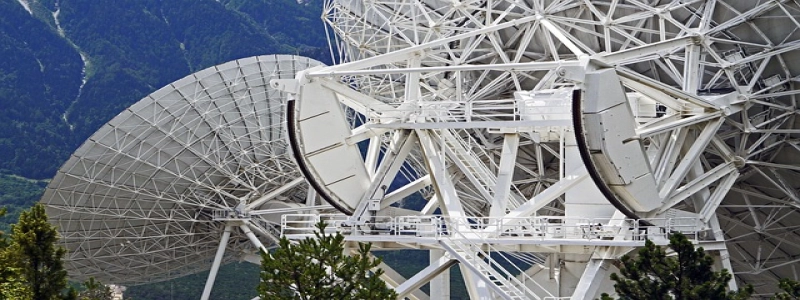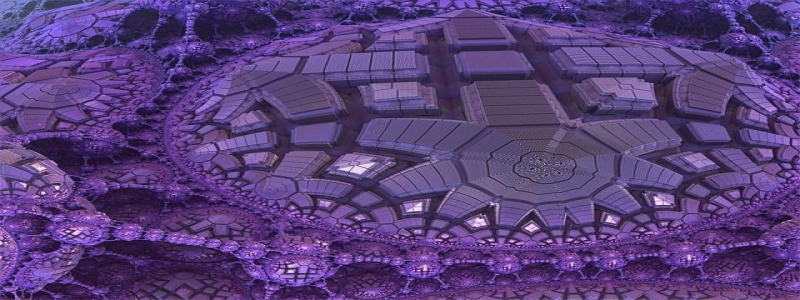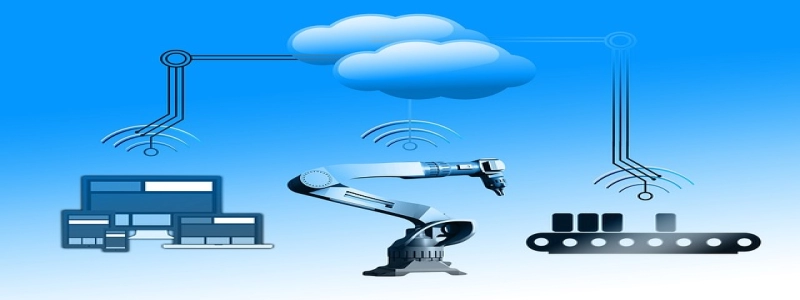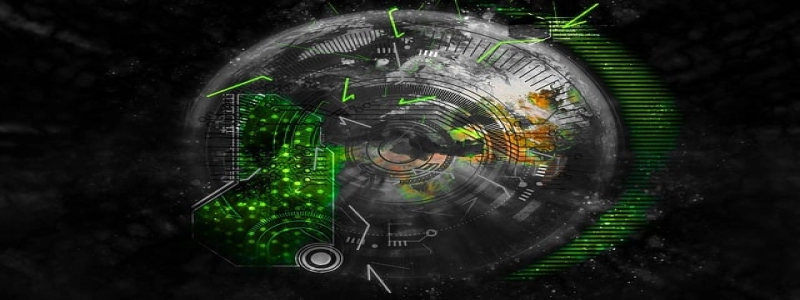Is Cat 5 the Same as Ethernet?
Introduction:
In the vast and complex world of networking, various terms and abbreviations often confuse us. One such instance is the debate between Cat 5 and Ethernet. Many people use these terms interchangeably, assuming they refer to the same thing. However, there are significant differences between Cat 5 and Ethernet. This article seeks to shed light on the topic and clarify any misconceptions.
I. Understanding Ethernet:
Ethernet, developed by Xerox Corporation in the 1970s, serves as the standard for networking technologies. It provides a framework and set of rules for transmitting data packets between computers within a Local Area Network (LAN). Ethernet operates on various types of cables and has evolved over the years to offer faster and more reliable connections.
II. Unveiling Cat 5:
Cat 5, on the other hand, stands for Category 5 cable. It is a type of Ethernet cable used for network connections. Cat 5, also known as twisted pair cabling, consists of four twisted pairs of copper wires, encased in a protective sheath. It was introduced alongside the Ethernet standard and gained popularity for its ability to transmit data at a maximum speed of 100 megabits per second.
III. The Differences:
While Cat 5 cable falls under the umbrella of Ethernet, it is crucial to understand that Cat 5 alone does not encompass all types of Ethernet cables. Ethernet cables come in various categories, such as Cat 5, Cat 5e, Cat 6, Cat 6a, and Cat 7, each with its own specifications.
The primary differences between Cat 5 and other Ethernet cables lie in their capabilities for speed and bandwidth. While Cat 5 supports a speed of 100 Mbps, newer iterations like Cat 5e, Cat 6, and Cat 7 offer significantly higher speeds, ranging from 1 Gbps to 10 Gbps. These newer cables also provide better resistance against crosstalk, resulting in enhanced performance and reduced interference.
IV. Compatibility:
Another crucial factor to consider is compatibility. Older networking devices may only support Cat 5 cables, limiting their maximum speed to 100 Mbps. However, newer devices are designed to work with higher category cables, taking full advantage of their increased speed capabilities.
V. The Conclusion:
In conclusion, Cat 5 is a type of Ethernet cable, but it should not be confused with the term \”Ethernet\” itself. Ethernet refers to a standard networking technology, while Cat 5 represents a specific type of cable used within the Ethernet framework. While Cat 5 cables were widely used in the past, they have been surpassed by more advanced cables in terms of speed and performance. When considering network setups and upgrading infrastructure, it is essential to take into account the specific requirements and compatibility of devices.
By understanding the distinctions between Cat 5 and Ethernet, individuals can make informed decisions about their networking needs and ensure optimal connectivity in their environments.








